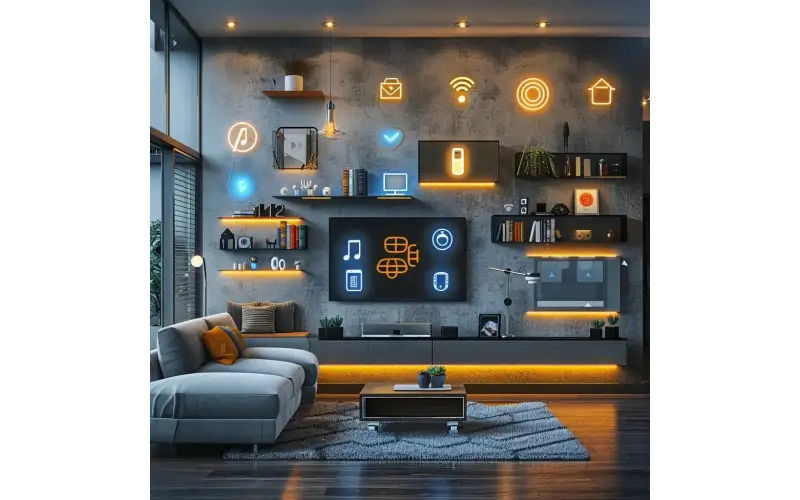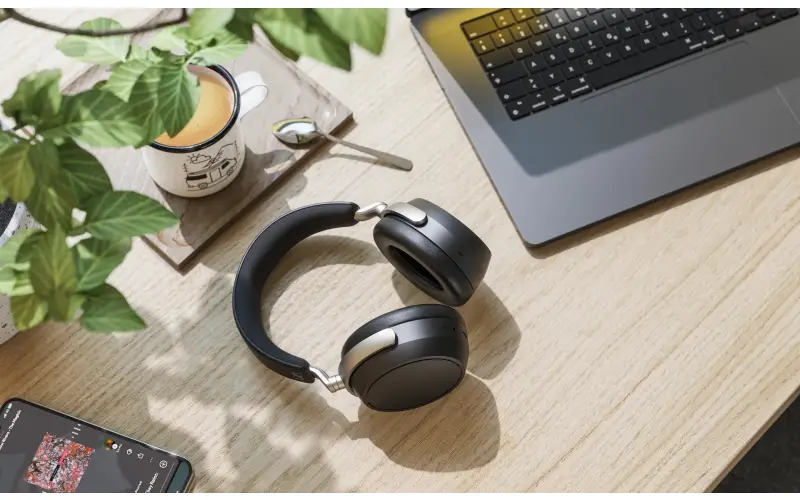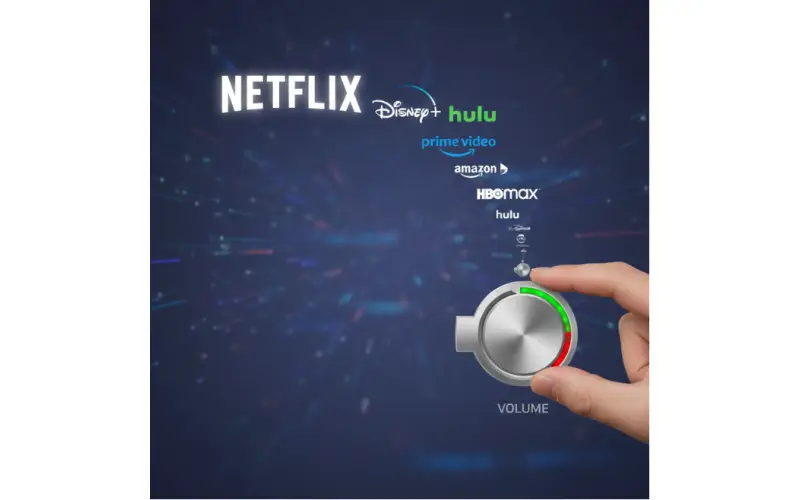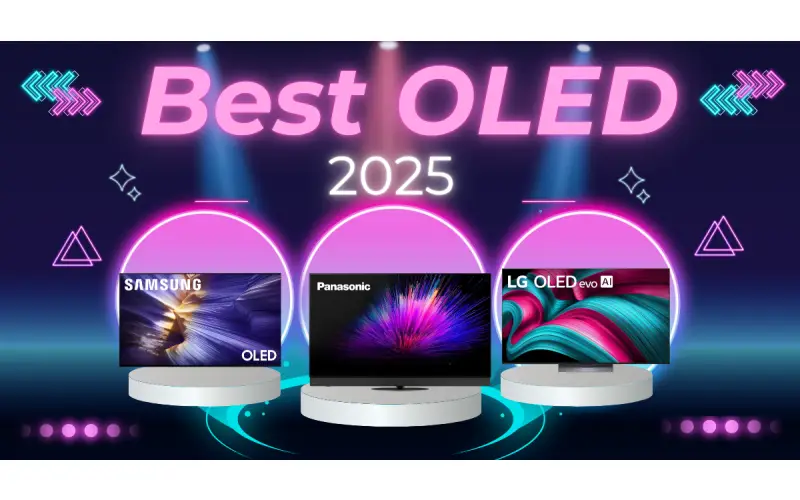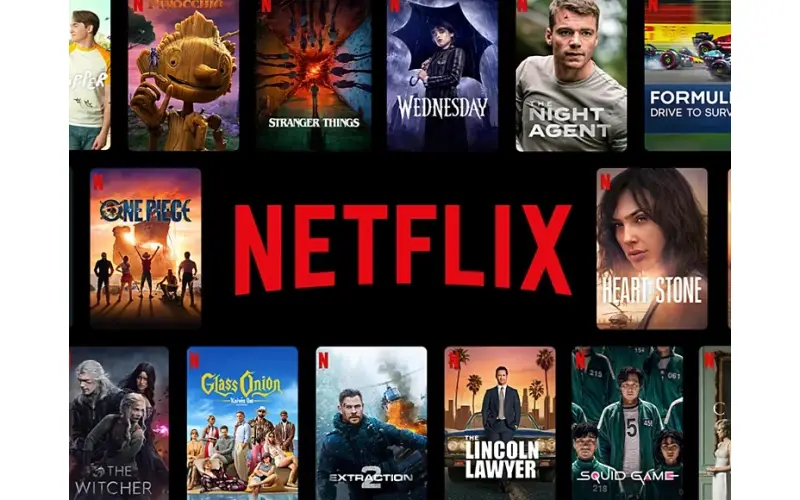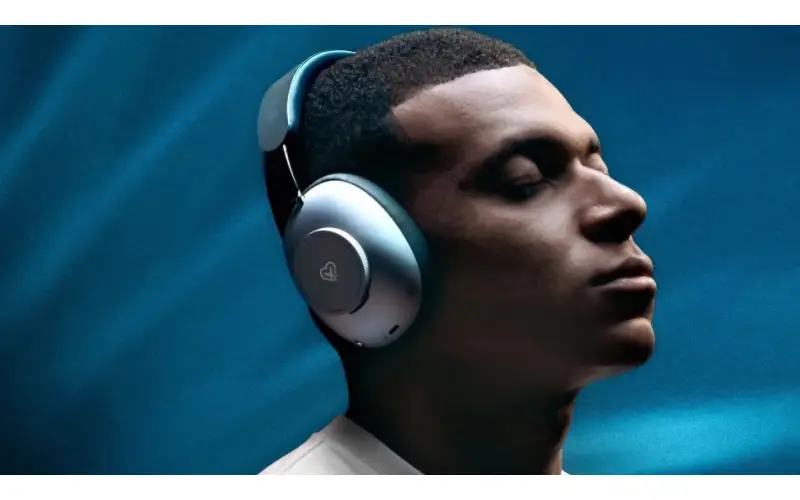By: Dipin Sehdev
The Federal Trade Commission (FTC) has raised concerns over the lack of transparency regarding software support for smart devices, a class of products that is expanding rapidly across various consumer markets, including home entertainment systems. While these products often rely on frequent software updates to remain functional and secure, manufacturers in this space have been hesitant to provide clear commitments about the duration of software support. This issue, now under scrutiny by the FTC, has profound implications for the future of the home theater market, including streaming services, audio calibration, and consumer expectations of device longevity.
The FTC’s Concern: Software Support and the Magnuson-Moss Warranty Act
The FTC's report, which surveyed 184 different smart products across 64 categories, including audio devices like soundbars, home theater systems, and streaming gadgets, revealed a troubling lack of disclosure regarding software updates. While some manufacturers make vague statements like "lifetime updates" or "continuous software support," these promises are often not followed up with clear timelines or actionable details. This ambiguity has left consumers in the dark about how long they can rely on their devices to function optimally.
The FTC's concern is not just a matter of customer frustration; it could have legal ramifications. Under the Magnuson-Moss Warranty Act, manufacturers are required to disclose the terms of warranties clearly, including information about the duration of support for products sold with a warranty. Devices priced above $15, including smart home and home theater systems, must provide specific information about the duration of software updates or the support available after the warranty period ends. Failure to disclose such information could be a violation of the law, especially when consumers are led to believe that their devices will remain functional for a certain period, only to find out that critical updates have been discontinued.
This lack of transparency is particularly problematic for devices that depend on regular software updates to maintain functionality. Home theater systems, smart speakers, soundbars, and streaming devices, for example, rely on frequent firmware updates to enhance performance, fix bugs, and secure them against potential vulnerabilities. If a manufacturer suddenly halts support or fails to provide clarity on when support will end, the device could become obsolete, less secure, or incapable of keeping up with evolving streaming standards.
Home Theater Systems and Streaming Devices: An Increasing Dependency on Software
As streaming platforms become more sophisticated and immersive, the role of home theater devices—like soundbars, receivers, and smart TVs—has evolved significantly. Manufacturers are increasingly pushing firmware and software updates that offer new features, improve audio calibration, and enhance the user experience. For instance, soundbars now incorporate advanced audio technologies like Dolby Atmos and DTS:X that require frequent updates to fine-tune performance and compatibility with the latest streaming formats. Without these updates, users could find themselves unable to access new features, leaving their once-premium devices outdated and underperforming.
Similarly, smart TVs, media players, and streaming sticks often receive updates that introduce new streaming services, improve integration with voice assistants, and enhance video playback. For example, Amazon’s Fire TV Stick, Roku devices, and Google Chromecast regularly release software updates to support new video codecs, improve UI/UX, and add compatibility with emerging streaming platforms. However, if these companies do not commit to clear timelines for updates, customers may purchase a device thinking it will continue receiving these features, only to find that support ends prematurely.
The Rise of Audio Calibration Features and New Streaming Standards
One area where software updates have a significant impact is audio calibration. High-end home theater systems often feature automatic sound calibration technologies like Sonos Trueplay, Audyssey on Denon receivers, or Yamaha YPAO. These features allow devices to adjust their sound output based on the unique acoustics of the room, ensuring optimal performance. However, these features often rely on periodic software updates to improve accuracy or adapt to new room configurations. If a manufacturer discontinues updates without clear communication, consumers may lose access to key functionalities.
Similarly, the growing adoption of Dolby Vision and HDR10+ for high dynamic range (HDR) video content places significant pressure on manufacturers to provide ongoing software support. As streaming platforms like Netflix, Disney+, and Amazon Prime Video continue to expand their HDR content libraries, devices that do not support these formats could quickly become obsolete. This makes it essential for companies to not only commit to ongoing updates but to clearly communicate how long these features will be available to users.
Sonos and Other Manufacturers: A Case Study in Software Support Failures
The issue of software support is far from hypothetical. Companies like Sonos have already faced significant backlash from consumers over their update policies. In 2020, Sonos faced a backlash when it announced that it would stop providing software updates for certain older devices, pushing consumers into an upgrade cycle. Many customers felt betrayed by the company's decision, especially since the devices in question were still functioning well but were effectively "bricked" by the lack of software support.
Sonos is currently facing additional challenges related to software support. The company recently introduced new features for its soundbars and speakers that rely on sophisticated software updates, such as Sonos Voice Control and Spatial Audio. However, some users are reporting ongoing difficulties with these updates, particularly with the Sonos S2 platform, which was introduced as the new standard but is not backward-compatible with older Sonos devices. Customers are still not fully up and running with some of their devices, and confusion around product support and compatibility persists.
This situation highlights a key issue with the current state of the home theater market: manufacturers are introducing cutting-edge software features, but many are failing to ensure that these features are consistently delivered across devices over time. While Sonos and other companies like Bose, Yamaha, and LG may add advanced functionalities, the reality is that, without clear commitments to long-term software support, customers could find themselves locked out of important features prematurely.
Will the FTC’s Involvement Lead to Change in the Home Theater Market?
With the FTC now warning manufacturers that failure to disclose software support durations could be a violation of the Magnuson-Moss Warranty Act, the home theater industry may soon see a shift in how companies approach software updates. It remains to be seen whether the FTC will take direct action against companies like Sonos, but the agency’s public acknowledgment of the issue is a significant step in the right direction.
The question of how the FTC will enforce these rules remains open, especially since the technology landscape is rapidly evolving. Manufacturers may choose to adopt more transparent practices voluntarily, or the FTC may decide to pursue legal action against companies that fail to comply with disclosure requirements. One thing is clear: consumers are increasingly aware of the risks associated with buying smart devices that may become obsolete due to a lack of software support.
As a result, we may see a future in which home theater companies are forced to provide clearer, more detailed information about the duration of software support for their products. This could lead to new industry standards for transparency, with manufacturers offering guaranteed software update timelines or explicit disclosures about the potential for feature removals. In turn, customers will be better informed when making purchasing decisions, ensuring they get the most value from their home entertainment investments.
What Could the Future Hold?
In the coming years, we can expect to see several significant changes in how the home theater industry operates, particularly as streaming services and device manufacturers navigate the evolving regulatory landscape:
-
Clearer Commitment to Software Updates: We may see more companies following Apple’s model of offering long-term support for their products. Apple's HomePods, for example, receive regular updates that enhance functionality over time, offering users a sense of confidence that their device will remain functional for several years.
-
Improved Transparency in Warranty Terms: The FTC’s involvement could lead to more standardized practices for how manufacturers disclose software support durations. This would allow consumers to know upfront whether their purchase will be supported with updates for several years or if they are buying a product with a shorter, more limited lifespan.
-
Better Cross-Compatibility Across Devices: As manufacturers face increasing scrutiny over software support, there could be a shift toward ensuring better compatibility between new and old devices. This would reduce consumer frustration, particularly for systems like Sonos or Bose, which rely on firmware updates to sync new devices with older ones in multi-room setups.
-
A Push Toward Open Standards: Some consumers and industry experts believe that the future of home theater technology will lie in open standards, which would allow devices from different manufacturers to work together more seamlessly. Open standards could reduce the need for proprietary software updates, providing consumers with more flexibility and fewer headaches when it comes to long-term support.
Conclusion
The FTC’s warnings regarding software support transparency have opened a much-needed conversation about the future of home theater devices and streaming technology. As smart devices continue to dominate the market, it is critical for consumers to understand the long-term viability of their purchases. Whether it's soundbars, smart speakers, or streaming media players, the reality is that these devices depend heavily on ongoing software updates to deliver the latest features, improve performance, and maintain security.
For companies in the home theater industry, the pressure is mounting to provide more transparency and clarity around software updates. By committing to longer support windows and making these commitments clear to customers, manufacturers can foster trust and loyalty in an increasingly competitive market. As the FTC continues to scrutinize these practices, it is likely that we will see more regulations and guidelines emerge that protect consumers and ensure that the home theater market evolves in a way that benefits everyone involved.
